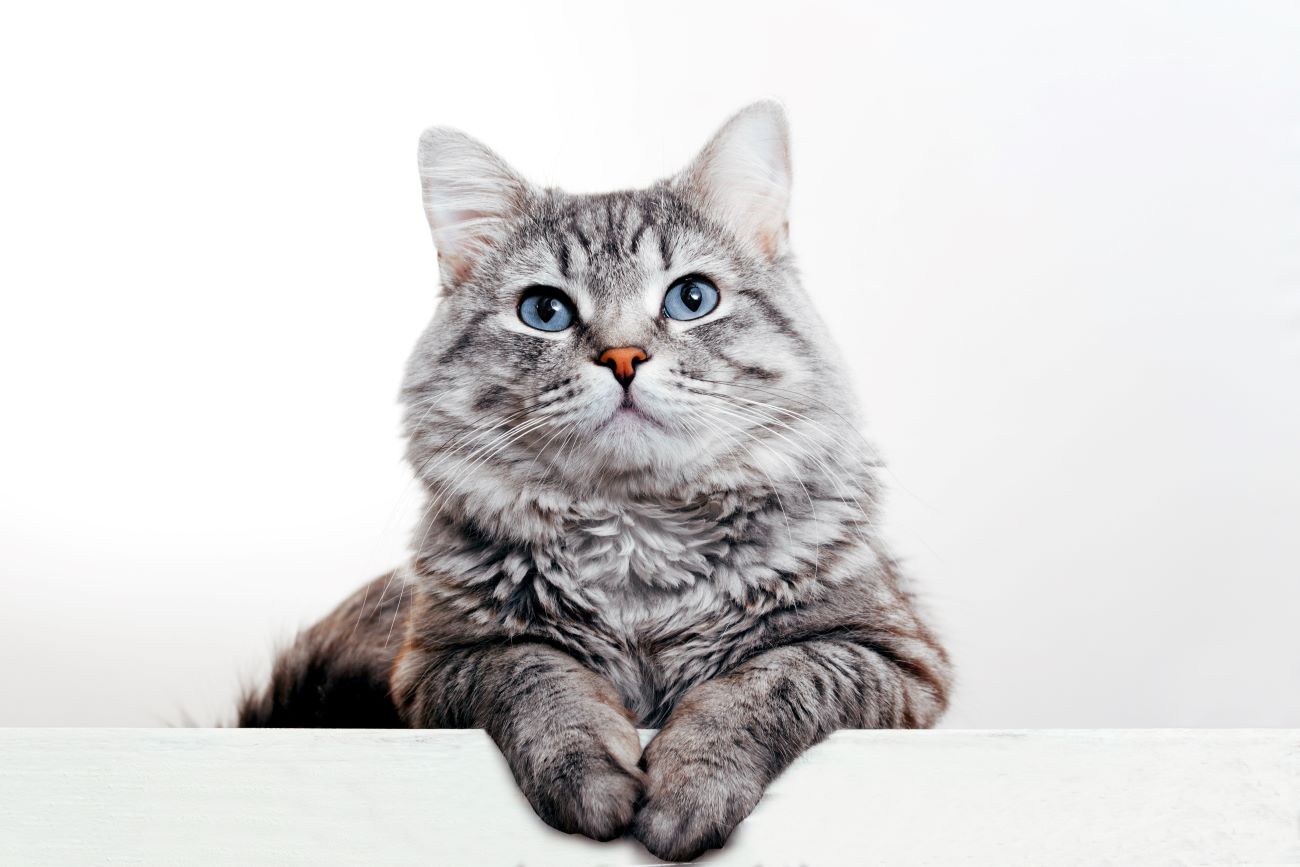
09 Feb Preventing Periodontal Disease in Cats
As dedicated cat enthusiasts, we revel in the delightful antics and soothing purrs of our beloved feline companions. Yet, true caregiving goes beyond cuddles and treats. Periodontal disease, often underestimated in cats, holds the potential to significantly impact their overall health. In this consolidated blog post, let’s delve into our recommendations for preventing periodontal disease in cats, ensuring they enjoy not just playful days but also vibrant and healthy lives.
Understanding Periodontal Disease in Cats
Defining Periodontal Disease: Periodontal disease in cats is characterized by inflammation and infection within the structures supporting the teeth—gums, ligaments, and bone. It typically commences with the accumulation of plaque and tartar, progressing from gingivitis to more severe stages if left unaddressed.
Recognizing Signs of Periodontal Disease: Vigilance is key to early intervention. Watch for indicators such as persistent bad breath, swollen or bleeding gums, difficulty eating, and changes in behavior.
Preventing Periodontal Disease
- Establishing a Dental Care Routine: Kickstart a dental care routine early in your cat’s life. Introduce them to tooth brushing using cat-friendly toothpaste and a soft brush. Aim for daily brushing, with even a few sessions per week making a notable difference.
- Dental Diets and Treats: Integrate dental-specific diets and treats tailored to reduce plaque and tartar buildup. These products often boast a crunchy texture, mechanically aiding in teeth cleaning. A list of approved diets and treats can be found on the VOHC.org website.
- Interactive Toys: Enrich your cat’s environment with toys that stimulate chewing and biting. This not only entertains but also contributes to dental health by dislodging plaque.
- Regular Veterinary Check-ups: Prioritize routine veterinary check-ups, including comprehensive dental examinations. Veterinarians can identify early signs of periodontal disease and recommend necessary interventions.
- Professional Dental Cleanings: Consider professional dental cleanings with intraoral X-rays performed by your veterinarian. These cleanings are pivotal for early detection, with a frequency of every 6-12 months recommended, especially for cats with a history of periodontal disease.
- Monitoring Diet: Opt for a balanced and nutritious diet that supports overall health, including dental well-being. Consult your veterinarian for personalized dietary recommendations tailored to your cat’s specific needs.
- Staying Alert to Behavioral Changes: Remain attentive to any alterations in your cat’s behavior, particularly concerning eating or grooming habits. Unexplained changes may signal underlying dental discomfort.
Cat Dentist in Mount Pleasant
Preventing periodontal disease in cats demands a proactive approach. By incorporating a consistent dental care routine, providing appropriate nutrition, and staying vigilant for signs of oral issues, you can ensure your feline friend enjoys a life filled with health and happiness. Remember, the effort you invest in dental care today sets the stage for countless joyful purrs in the future. Our team is here to help with any cat oral health needs!




